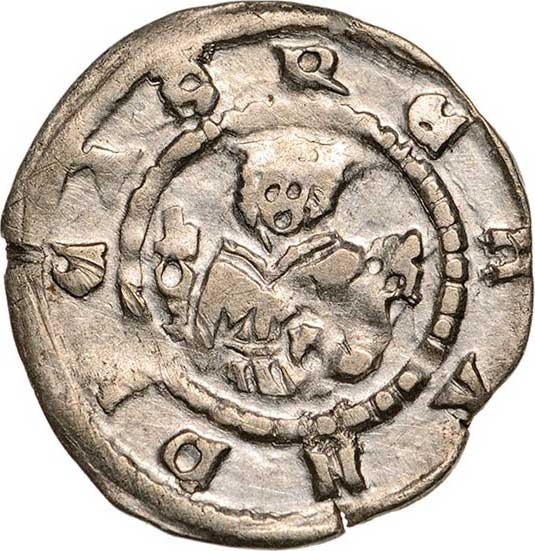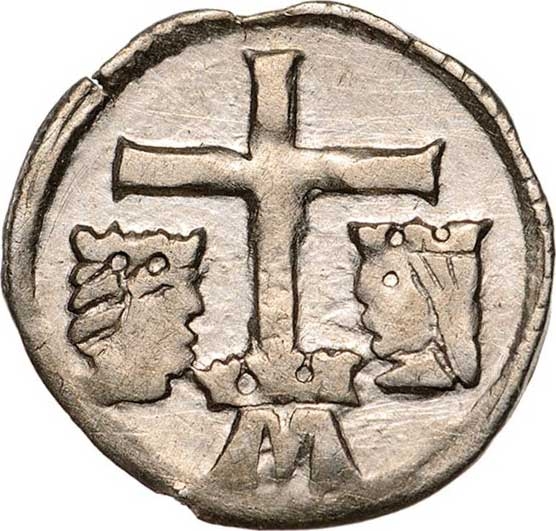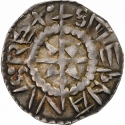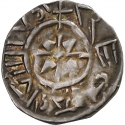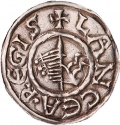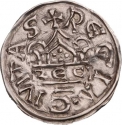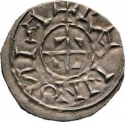You are about to finish your registration. Please check your mailbox (including spam folder). There should be a letter with a confirmation link. Check setting to make sure that your e-mail address is correct.
Send letter againDescription
Andrew III the Venetian (c. 1265 – 14 January 1301) was King of Hungary and Croatia from 1290 to 1301. His father, Stephen the Posthumous, was considered illegitimate by his older half-brothers. Andrew grew up in Venice and arrived in Hungary in 1278, invited by the rebellious baron Ivan Kőszegi. Kőszegi aimed to use Andrew against Ladislaus IV of Hungary, but the plot failed, and Andrew returned to Venice. After King Ladislaus IV's death in 1290, Andrew, as the last male member of the House of Árpád, was elected king. He was the first Hungarian monarch to issue a coronation diploma confirming noble and clerical privileges.
Andrew's reign was marked by constant anarchy and challenges to his claim. At least three pretenders—Albert of Austria, Mary of Hungary, and an adventurer—contested his throne. Andrew expelled the adventurer and forced Albert to make peace, but Mary and her descendants never renounced their claim. His main supporters were Hungarian bishops and his maternal family from Venice, while leading Croatian and Slavonian lords opposed him. The powerful Kőszegi and Csák families, among others, frequently rebelled, governing their domains autonomously. With Andrew's death, the House of Árpád became extinct, leading to a civil war that lasted over two decades and ended with the victory of Mary of Hungary's grandson, Charles Robert.
Obverse

|
Depicts the bust of Andrew III the Venetian wearing a crown. He is holding an orb and a scepter. The portrait is encircled by a ring of pearls, with the inscription "KING ANDREW" along the outer edge. REX ANDREAS |
|---|---|
Reverse

|
Depicts at the center a cross with a crowned "M" beneath it. Flanking the stem of the cross are two crowned heads facing each other. M |
| Edge |
